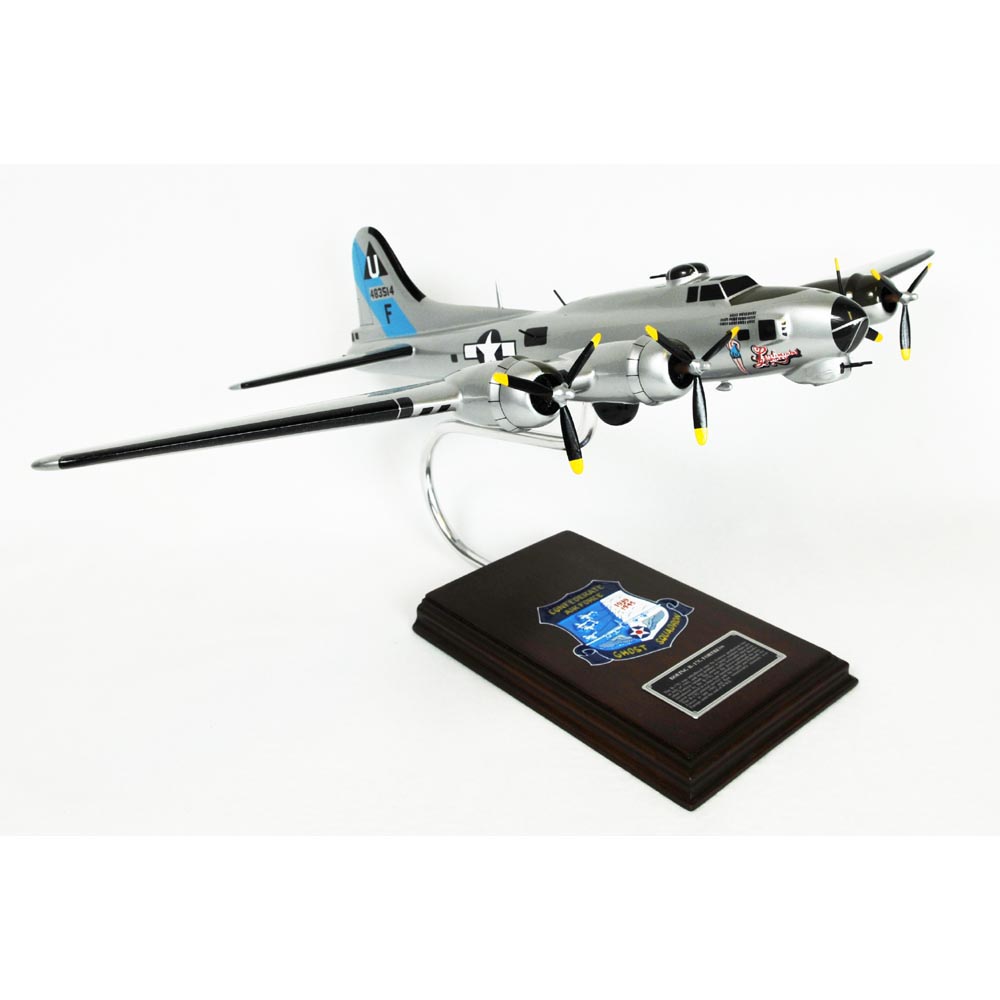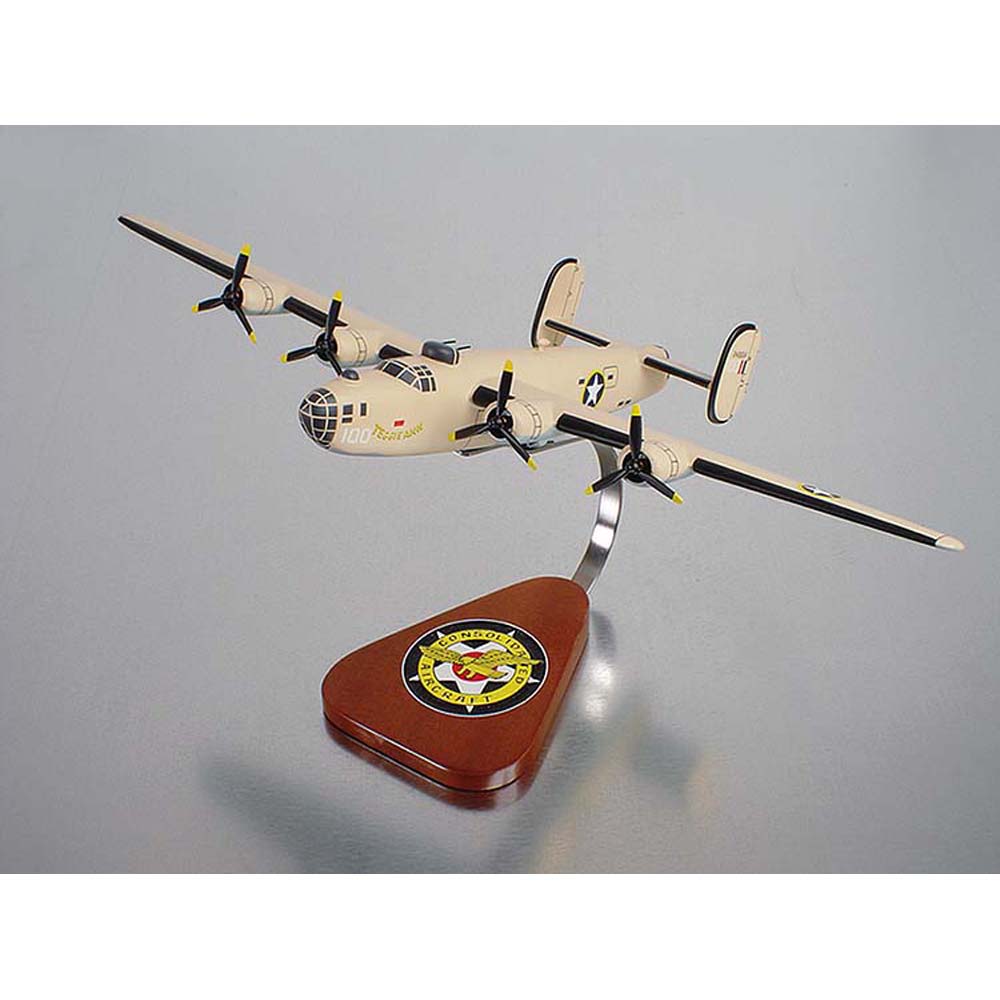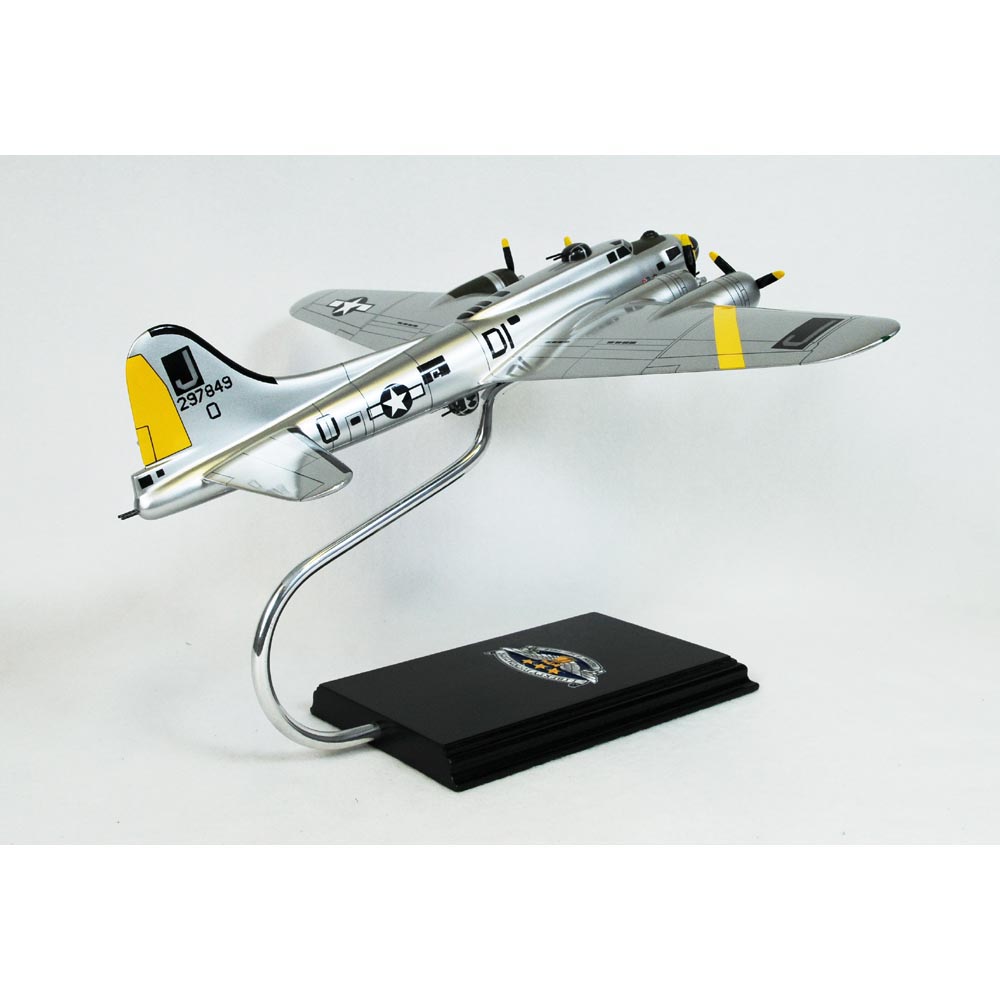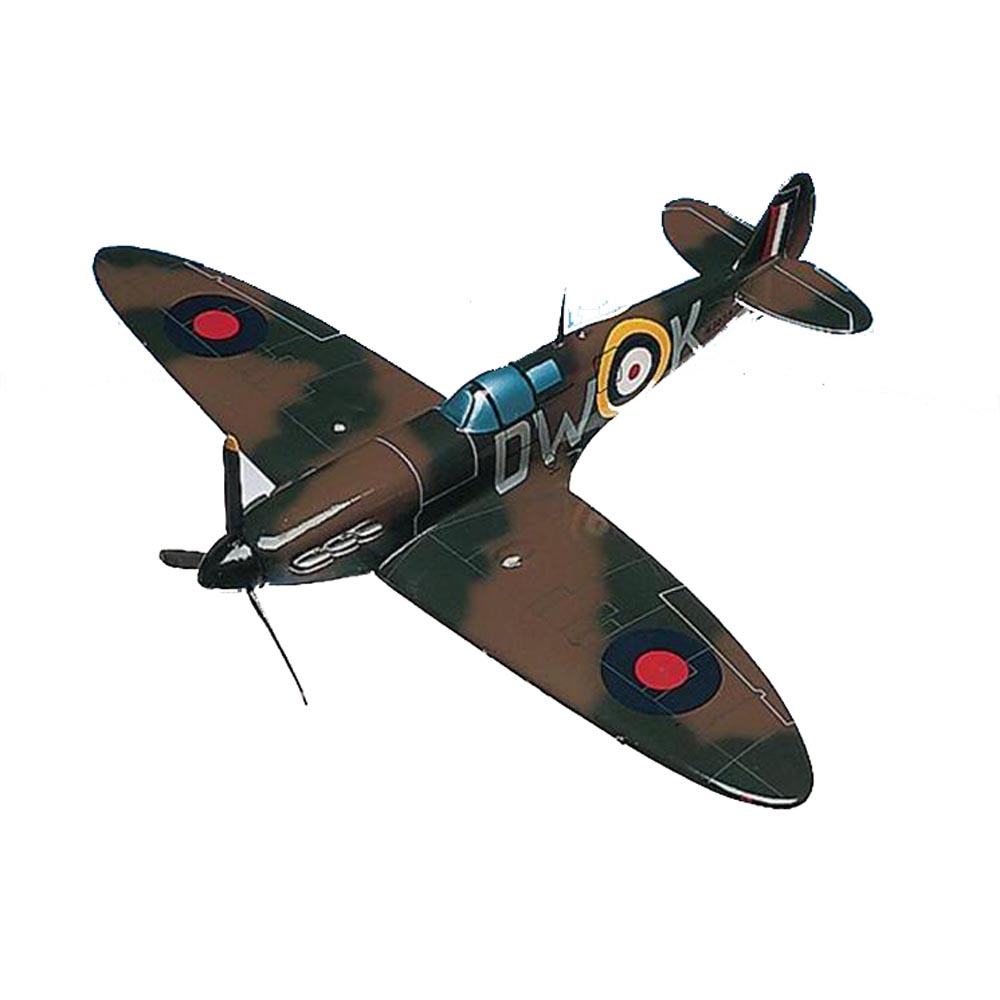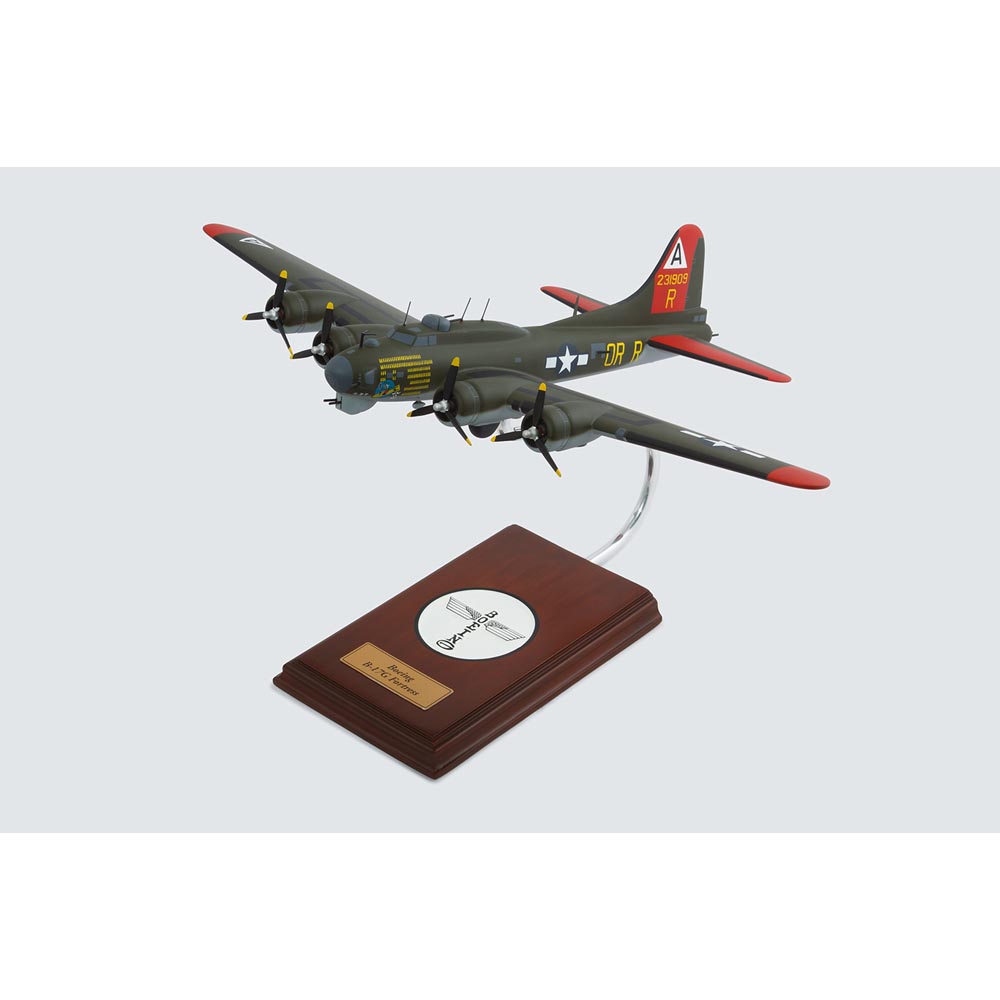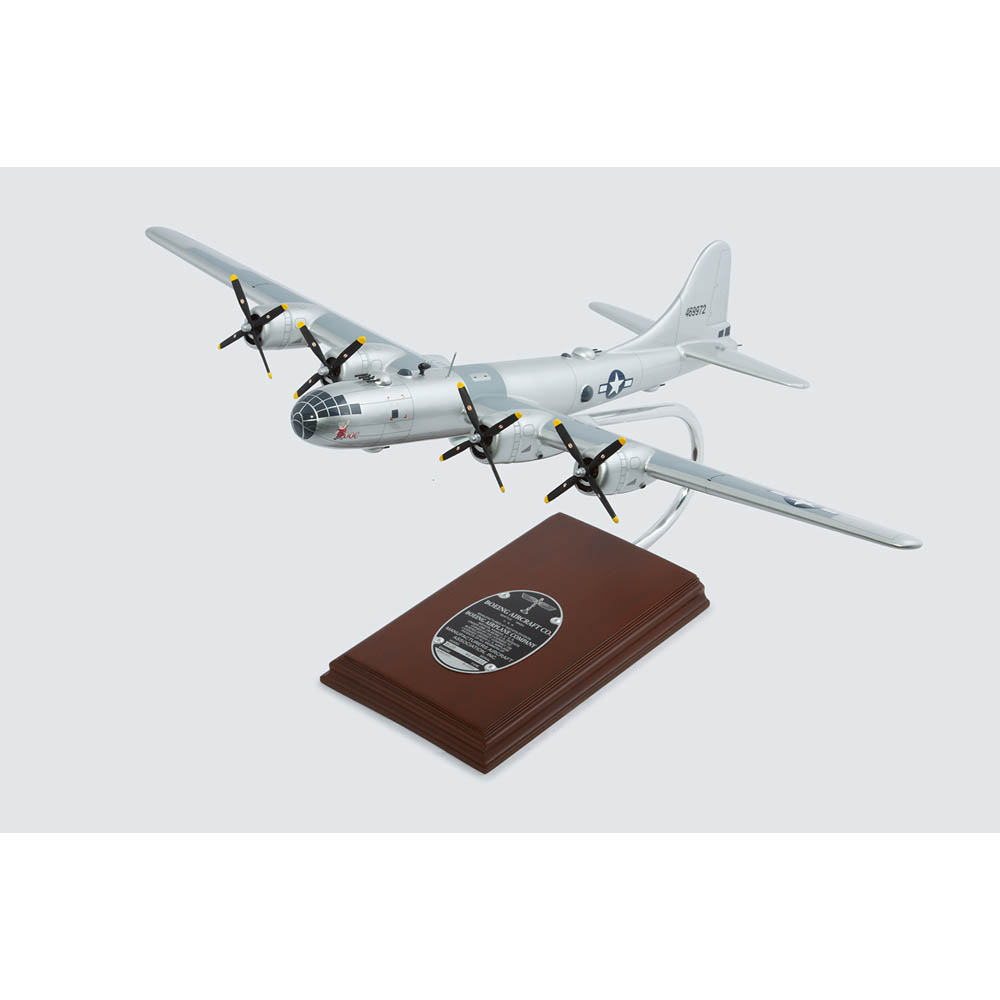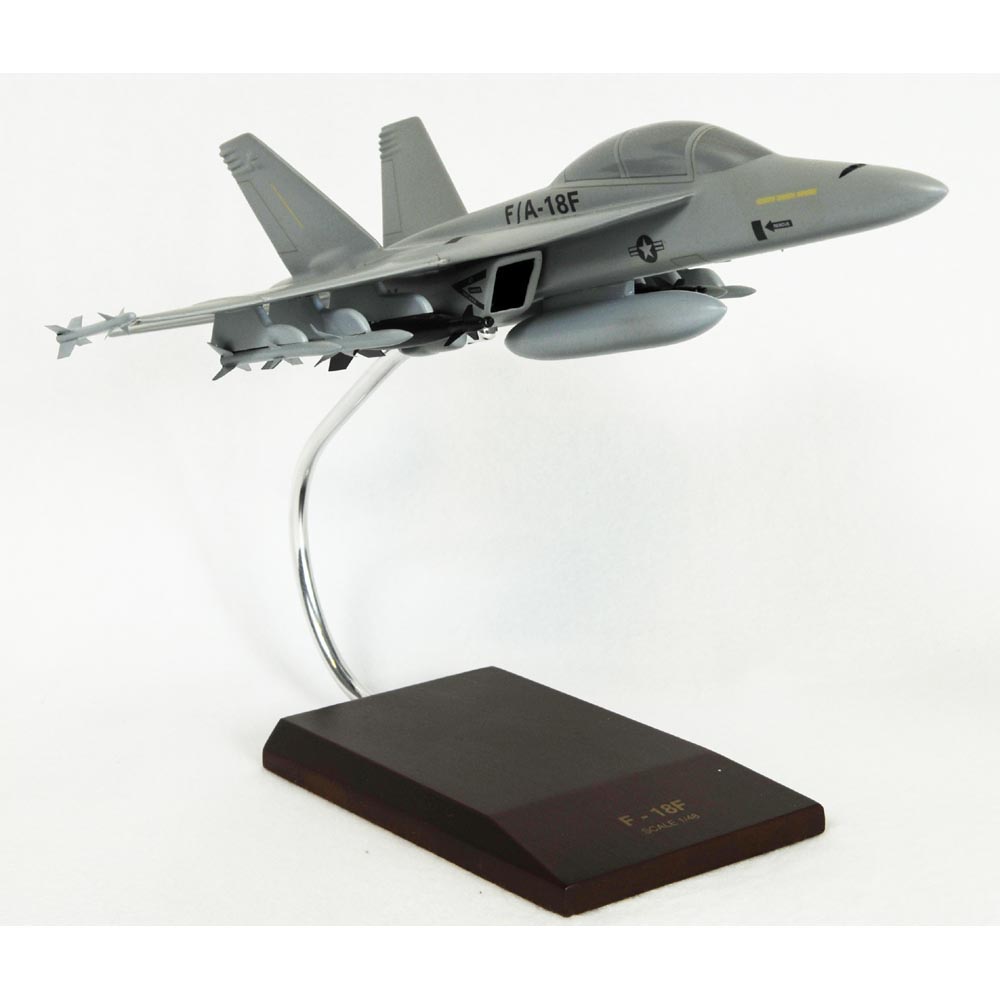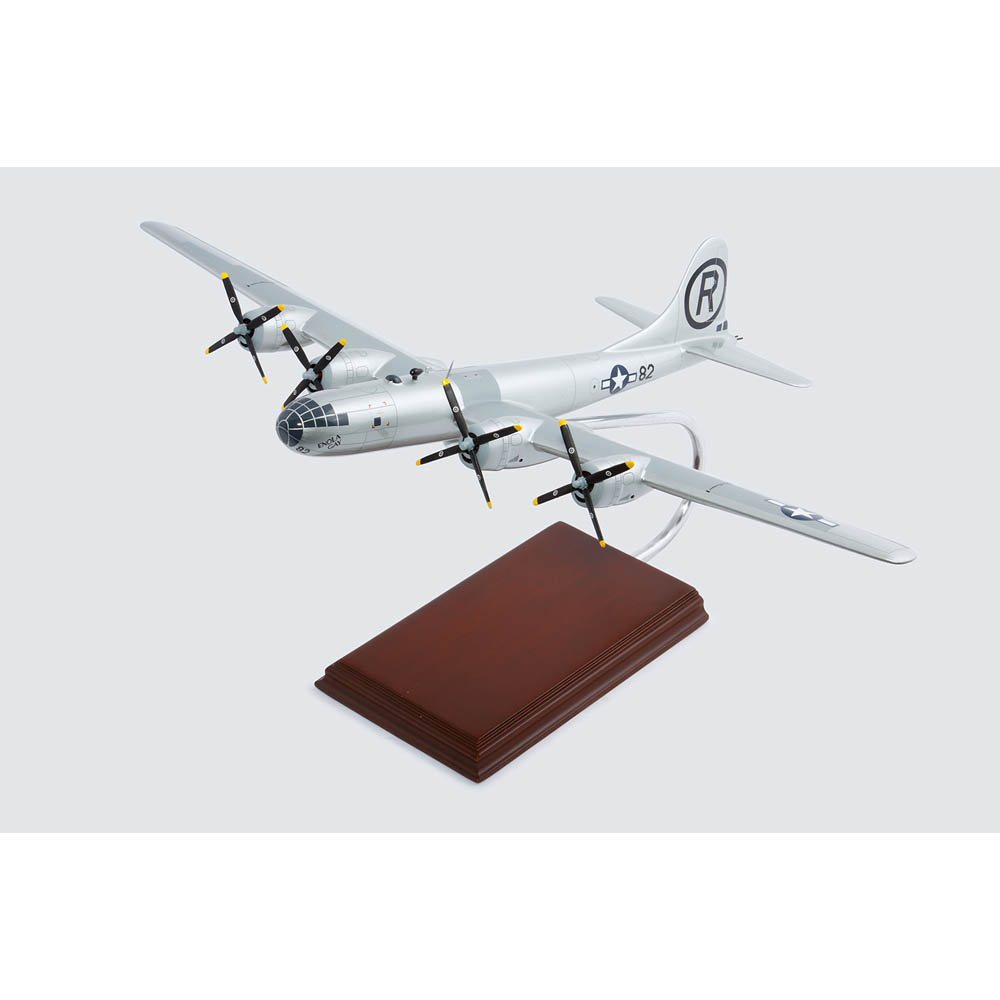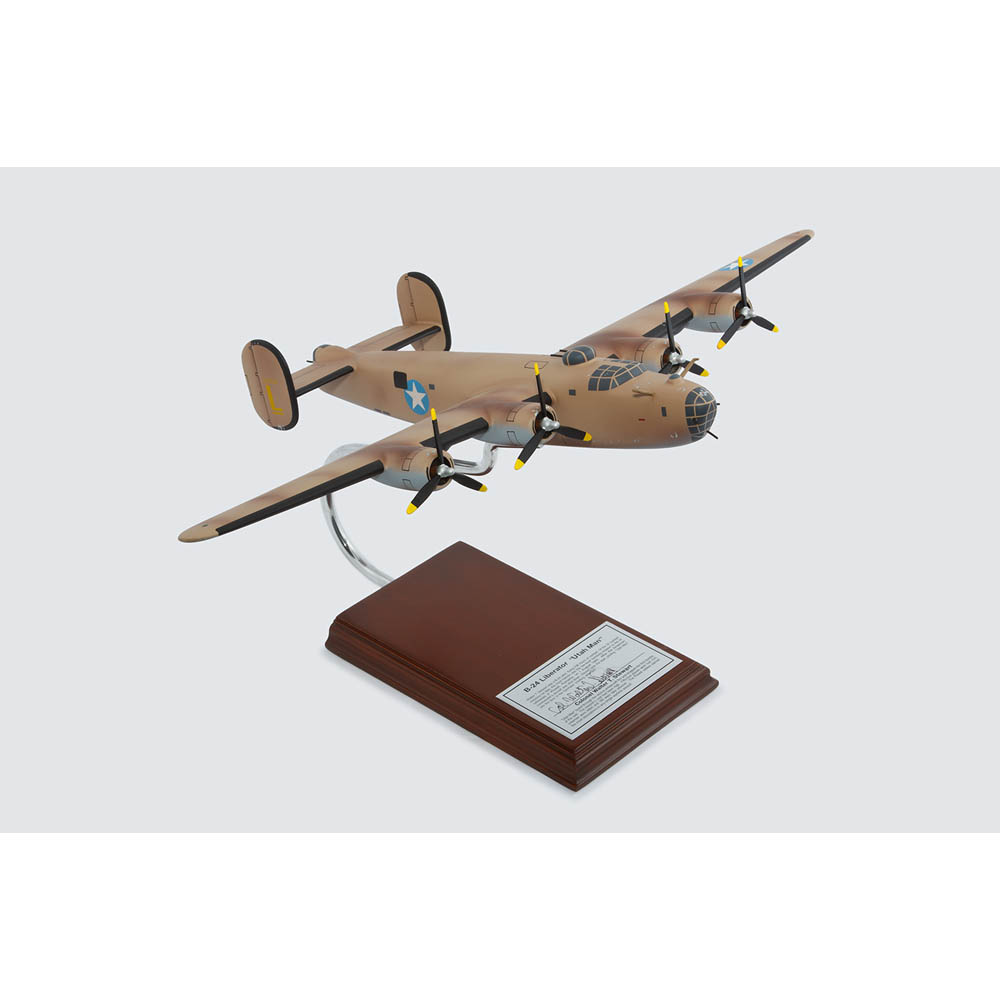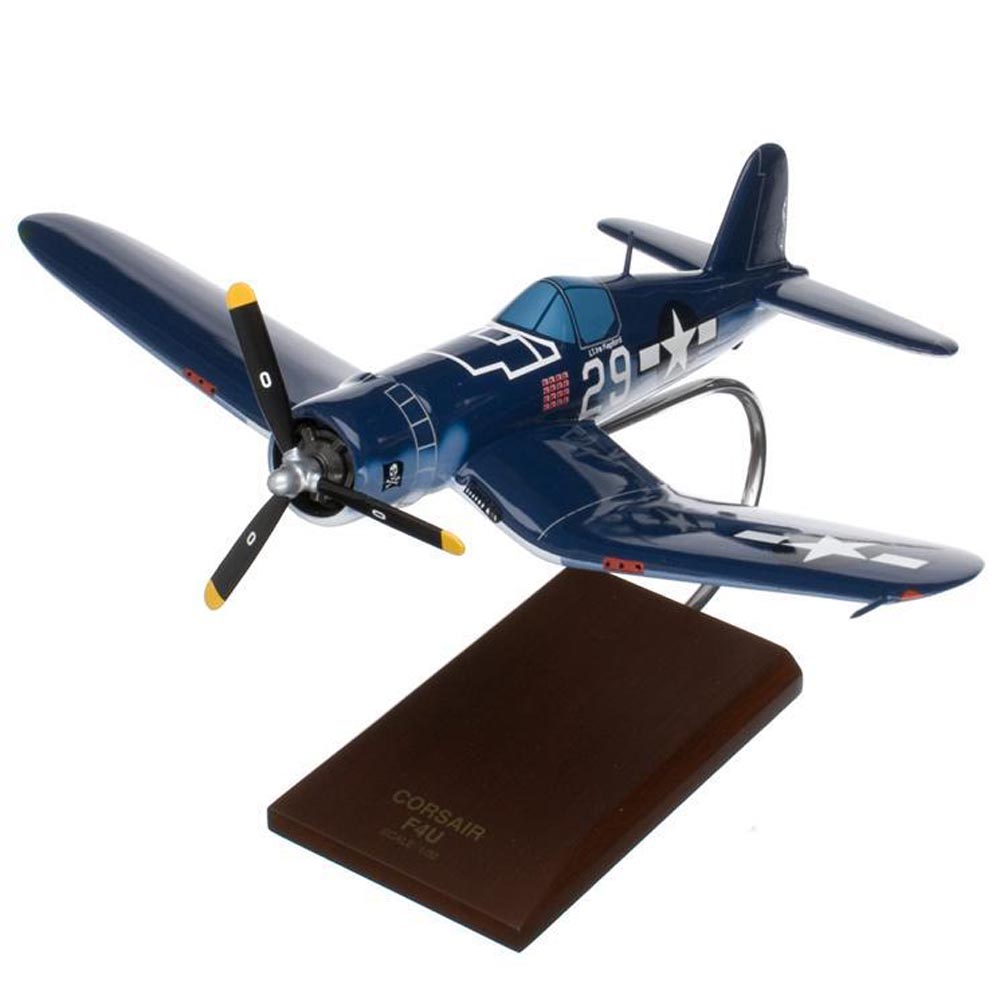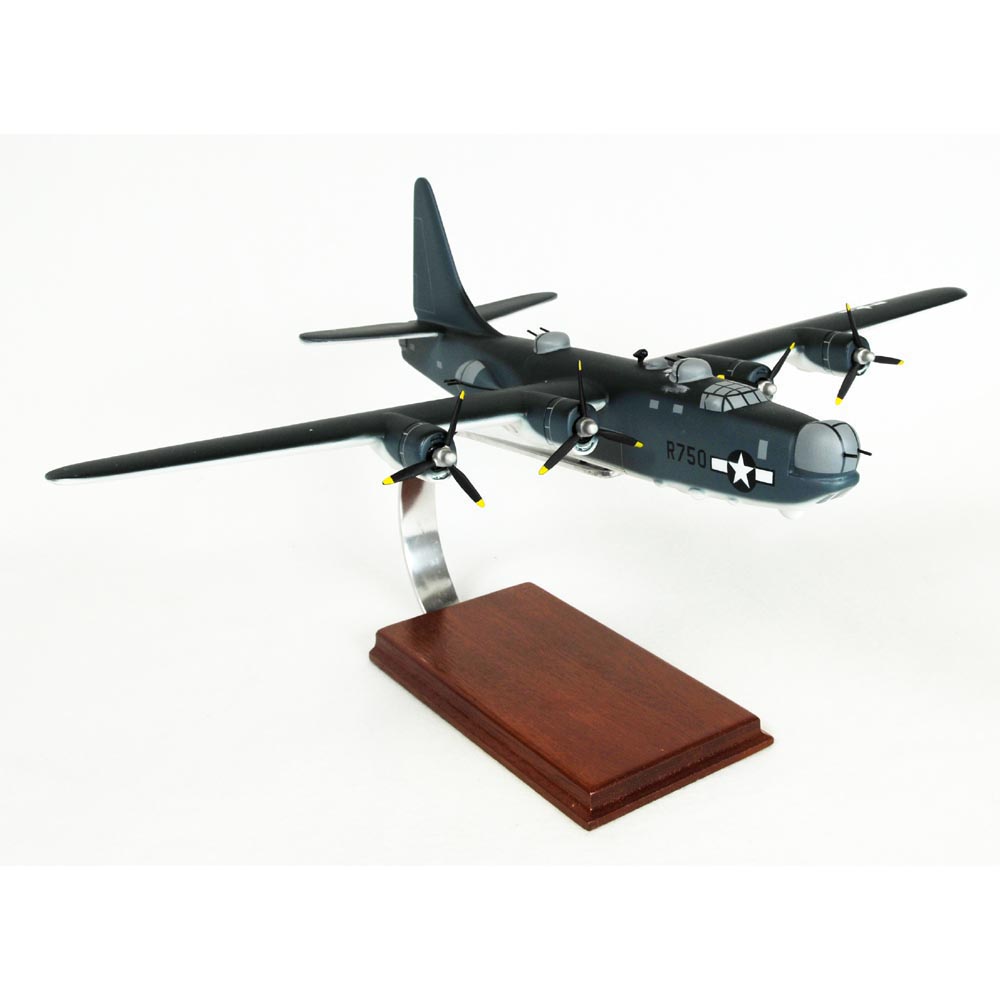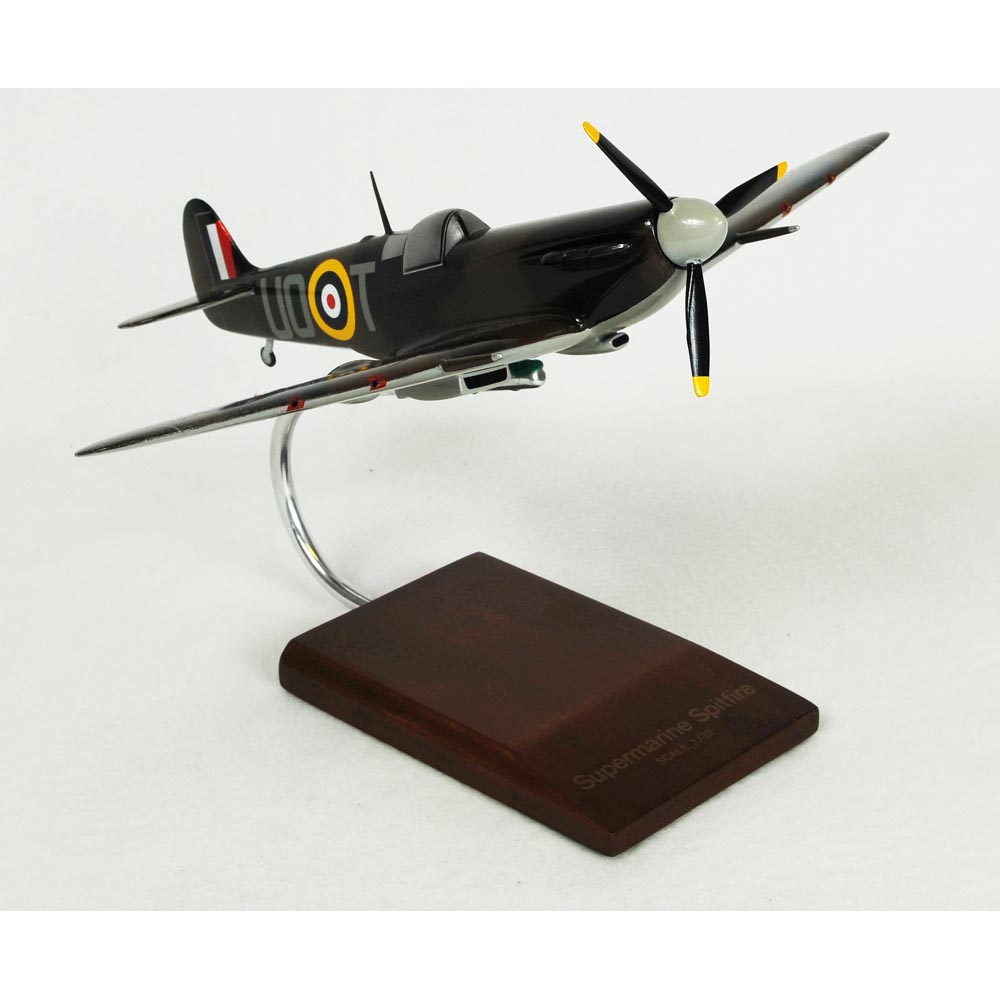B-17f Red Gremlin Model
Артикул: 13-10461
62397 51998 руб.
Наличие: – Есть в наличии у нашего поставщика. Доставка на наш склад в течение 5...6 недель после оплаты Вами заказа.
Overview
| This collectible B-17 model represents the Boeing B-17F Red Gremlin, the B-17 flown by Maj. Paul Tibbets ? who later flew the B-29 Enola Gay to drop the atomic bomb on Hiroshima ? on the majority of his missions over Europe. Painstakingly built from Philippine mahogany by our skilled craftsmen with a wealth of detail, this 1/60-scale model B-17 makes a great pilot gift, or a great present for any aviation enthusiast or history buff. The B-17 was not the fastest, highest-flying bomber of World War II, not did it carry the largest bomb load. What it could do, and proved it time after time, was take astonishing amounts of damage and return its crew home. While the Flying Fortress served in every theater of the war, it is the missions over Europe that brought the four-engine Boeing lasting fame. The history of the B-17 dates back to 1934, when the Army Air Corps began seeking a replacement for the twin-engine Martin B-10. Boeing developed a four-engine model based on the XB-15 and its Boeing 247 airliner. Competition for the contract came from the Douglas DB-1 and the Martin Model 146, both twin-engine designs. Boeing?s Model 299 showed dazzling performance for the time, flying from Seattle to Dayton, Ohio?s Wright Field at an average speed of 235 mph, as fast as many fighters of the day. At Wright Field, Army officials set to determine the B-10?s replacement with a fly-off between the three contenders. On Oct. 30, 1935, Maj. Ployer Peter Hill, an Air Corps test pilot, along with Boeing test pilot Les Tower took off for an evaluation flight. However, a gust lock had been left on the aircraft, causing a crash on takeoff that killed Hill and Tower. The Model 299 did not complete the evaluation and Army officials ordered Douglas B-18 Bolos as the B-10?s replacement. However, top Army officials were impressed with the Boeing?s performance, and ordered 13 YB-17s in 1936 for further evaluation. By November 1941, orders had totaled 155 aircraft, but production would soon accelerate. By war?s end, more than 12,000 B-17s would be produced. The first B-17s to see combat was the B-17C, with each design iteration adding more power or weaponry. The final version, the B-17G included a chin turret to help defend against head-on attacks, an area in which the bombers were especially vulnerable. The B-17 was 74 feet long, with a wingspan of 103 feet, and was powered by four Wright R-1820 cyclone engines of 1,200 horsepower each. Top speed was 287 mph, with a maximum range of 2,000 miles with a 6,000-lb. bomb load. Later models of the B-17 bristled with .50-caliber machine guns, several in powered turrets. Capt. Robert Morgan, pilot of the B-17F Memphis Belle, recalled in his 2001 autobiography his reaction to seeing the B-17. ?All those other planes that had seemed so intoxicating when I was cutting my teeth on them ? the yellow PT-17s, the Lockheed Hudson, all the rest of them?well, it was as if they never existed.? Morgan wrote in ?The Man Who Flew the Memphis Belle.? ?One look at the B-17, silver and elegant and indomitable-looking on the tarmac, bristling with armature, that massive reassuring tailfin crowning its splendid architecture, and the world started all over again.? As far as its nickname ?Flying Fortress,? Morgan wrote, ?To me and the thousands of men who flew her, ?goddess,? would not have been overdoing it.? Although the British used a few B-17Cs as early as 1941, it remained for the Eighth Air Force to bring the B-17 into its own. The first American B-17 unites began arriving in England in May 1942, with the first mission ? to bomb railroad yards in France ? flown on Aug. 17, 1942. Tibbets, who would fly the B-29 Enola Gayto drop an atomic bomb on Hiroshima, led the mission. It would be almost another year before the Eighth Air Force would begin its bombing offensive against Germany in earnest. By the summer and fall of 1943, large formations of B-17s were flying missions deep into Germany. A lack of fighter that could escort the bombers to the target and back added to the vulnerability of the bomber formations and despite the heavy firepower on each B-17, losses were heavy. On Oct. 14, 1943, 59 bombers out of 291 launched were lost on a mission to bomb ball-bearing factories in Schweinfurt. The losses forced a suspension of raids into Germany until long-range fighter escorts were available. In 1944 and 1945, formations of hundreds of B-17s were again flying deep into Germany, with long-range P-51 Mustang fighters helping ease losses. By war?s end, the B-17 was obsolete, with the B-29 Superfortress supplanting it as the nation?s top-of-the-line bomber. Thousands were scrapped, but others flew on as drones, drone controllers and rescue craft, as well as in other support roles. The last operational B-17 mission by the U.S. Air Force was flown on Aug. 6, 1959, when a B-17 controlled a drone B-17 as a target for an air-to-air missile test. Red Gremlin was not piloted by Tibbets on the first mission over Europe, but he did fly the majority of his European missions in this aircraft. During planning for Operation Torch, the Allied landings in North Africa, Tibbets was tapped to fly Generals Dwight Eisenhower and Mark Clark to Gibralter and Algiers. During these flights, Eisenhower ? the future president of the United States ? sat on a 2x4 board between Tibbets and his co-pilot. Theodore Van Kirk, navigator, and Thomas Ferebee, bombardier, would later join Tibbets in the 509th Composite Group on the crew of the Enola Gay. |




